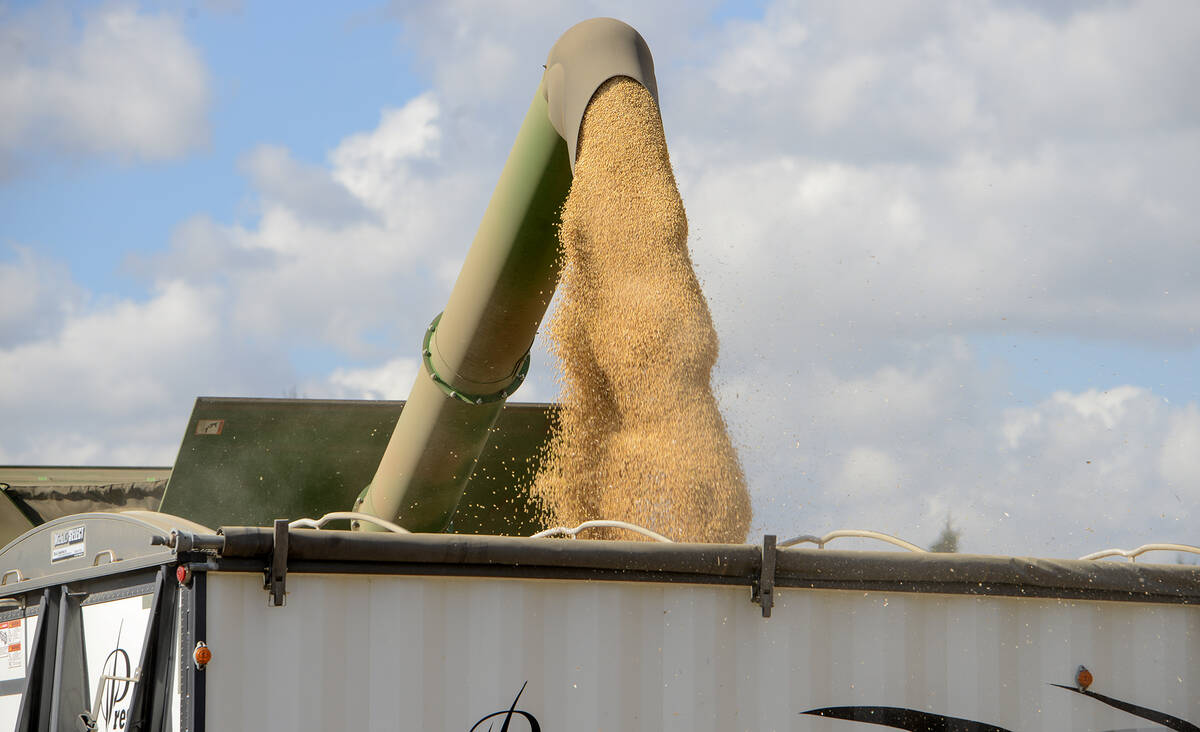The ICE Futures canola market remained firmly ensconced in its well-established sideways trading range as activity slowly picked up to start the New Year.
The most active March canola contract has held between $800 and $900 per tonne for six months now, with little on the immediate horizon to suggest an imminent break one way or the other.
Whenever prices get to the lower edge of that range, end users step forward and bid the market back up, while any tests of the upper edge have prompted farmer selling and speculative profit-taking.
Read Also

Grain markets hungry for U.S. data
The U.S. government shutdown meant that futures markets were left without robust grain supply information
Barring an outside catalyst, the canola market appears set on continuing its sideways pattern, at least until spring when attention will turn to North American planting prospects.
Canola exports and the domestic crush are both running ahead of the year-ago pace, with relatively tight supply and demand projections an underlying supportive influence for canola.
As of Jan. 1, Canadian canola exports for the 2022-23 crop year were sitting at 3.57 million tonnes, up by 21 per cent from the same time last year. Domestic usage of 4.16 million tonnes was up by 3.5 per cent on the year.
With crush margins historically wide, processors are expected to keep operating as close to full capacity as possible, while the export pace may eventually slow. The market will need to ration some Canadian canola export demand, but a record-large Australian crop will likely fill any gaps in the international market.
Canola’s own fundamentals may be supportive, but any independent strength is being countered by broader macroeconomic issues weighing on the world economy. Recessionary concerns, worries about inflation and rising interest rates, the ongoing conflict in Ukraine and COVID-19 issues in China with their potential implications for demand are all background factors to watch.
Activity in other agricultural markets, especially the Chicago soy complex, will also contribute to canola’s direction.
South American soybean crops are in the middle of their growing season with weather conditions in both Brazil and Argentina at the forefront of the futures. For now, persistent drought concerns in Argentina have cut into prospects there, although Brazil’s crop is shaping up to be record large.
The U.S. Department of Agriculture is set to release a slew of updated supply/demand reports on Jan. 12. The January data often provides the catalyst for movement in the futures. In addition to updated South American production estimates, traders will also be watching for revisions to U.S. export projections.
















